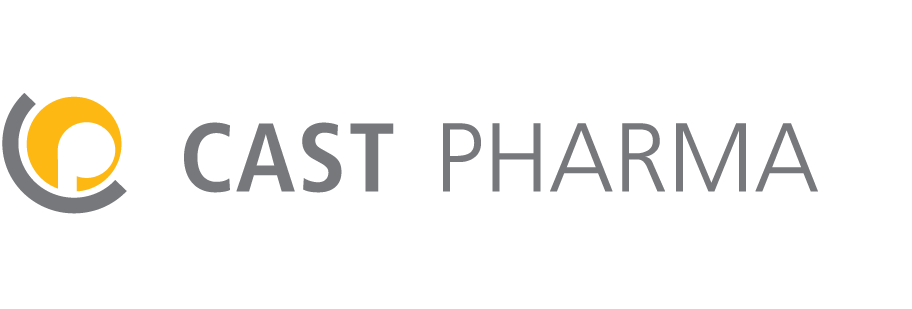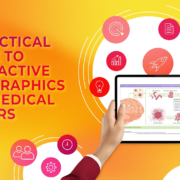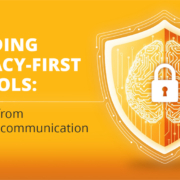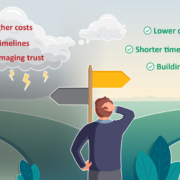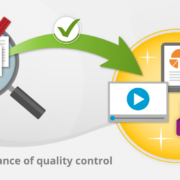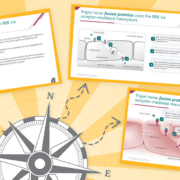From cluttered to clear: case studies in strategic slide design
You’ve seen it before: a slide that contains all the right information but somehow fails to communicate effectively. Whether it’s part of a training deck, an eLearning module, congress materials, or live presentation, the content is accurate and complete—so why doesn’t it work? Read more
